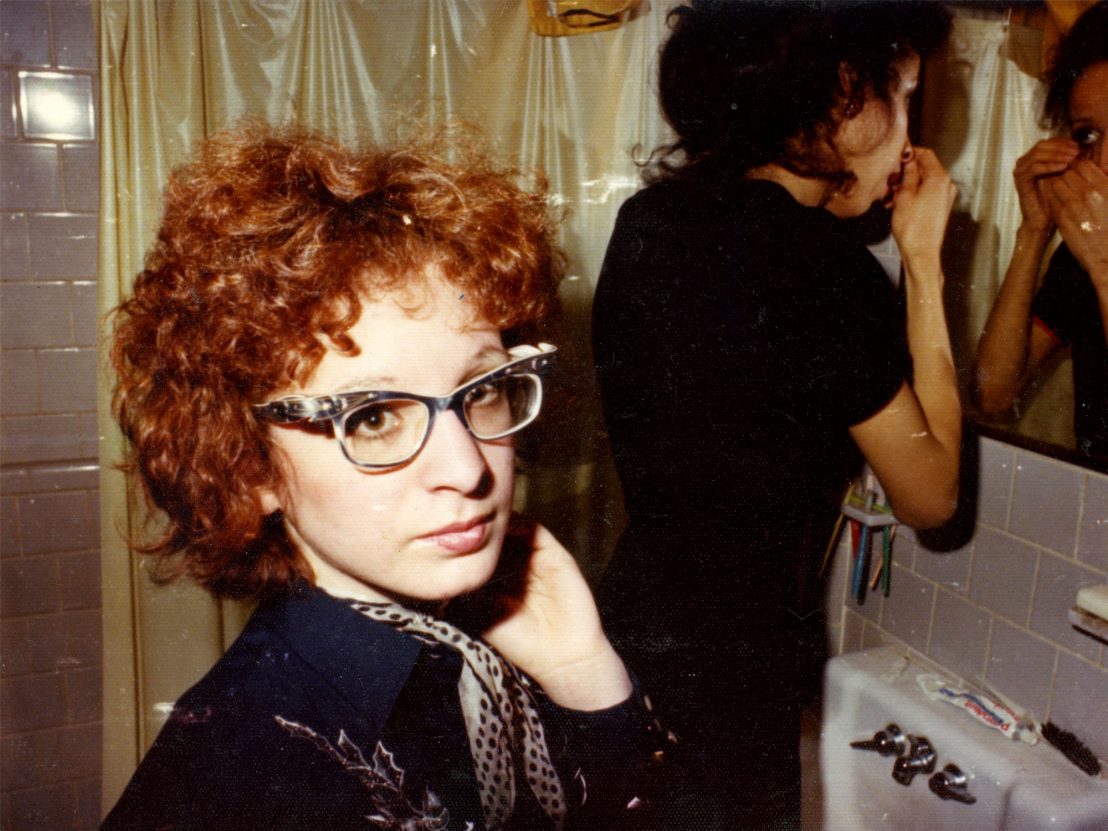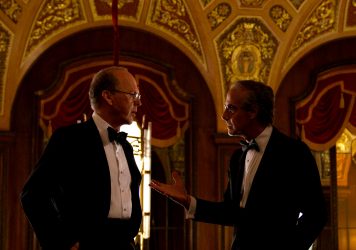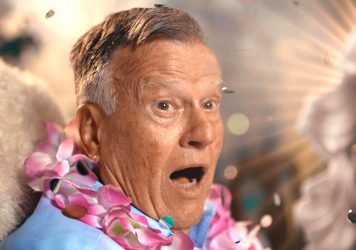
Laura Poitras documents US artist Nan Goldin's attempts to expose the Sackler family for their role in the US opioid crisis, but with mixed results.
The opioid crisis is a man-made atrocity. When the Sackler family – via their company Purdue pharmaceuticals – brought painkiller OxyContin onto the market in 1997 they unleashed untold misery on the unsuspecting American population, as marketing campaigns and bonus incentive schemes encouraged doctors to prescribe it to patients while falsely reassuring everyone that the risk to their health was minimal. Even patients taking OxyContin strictly as advised by their physicians found themselves developing addictions. As Laura Poitras’ All The Beauty All the Bloodshed repeatedly reminds us, this is not a case of amoral corporate greed but of mass murder, which in 2021 alone left 107,000 people dead in the United States.
The Sackler family have notoriety beyond pharmaceuticals – many people are familiar with their name because of its prevalence in the art world. Museum wings, gallery buildings, and exhibitions have proudly displayed the Sackler name in recognition of their hefty financial and artistic donations, including the Metropolitan Museum of Art, the Guggenheim, The Louvre, and the Tate. It is at this intersection of art and corrupt pharmaceuticals that lies acclaimed artist and activist Nan Goldin.
Nan Goldin, as well as being one of the world’s most important living American artists and a prolific documentarian of its LGBT+ history, was a huge figure in the “downtown” scene in New York throughout the 70s, 80s and 90s. The film covers her turbulent childhood and rise in the New York art world, while weaving in her present day activism where she is determined to make the Sacklers pay for their crimes.
Goldin’s photography and slideshows dominate the telling of her backstory, shown over her own deadpan, eloquent narration. We begin with an unhappy childhood, (she believes her parents had “no business having children”). The trauma from which Goldin can still not recover is the fate of her free-spirited sister, who was failed by their parents and the healthcare system before she died by suicide. Goldin broke the cycle by finding a community of LGBT+ artists in the 70s, but despite possessing a brilliance evident from even the earliest of photos the film shows us, she spent decades as an outsider in the art world. Nan faced poverty, abuse, and drug addiction before she finally found the success she deserves.
As an activist her motives are somewhat nebulous, but what power she does have in the art world she wields with unwavering zeal. Steadfastly boycotting institutions like the Tate and other galleries (where her work is part of their permanent collection) until they stop their association with the Sacklers, she puts her own reputation on the line to achieve change. She also has a flair for creativity in the protests that she and her group P.A.I.N (Prescription Addiction Intervention Now) commit themselves to, staging events where prescriptions and pill bottles are rained down on unsuspecting museum patrons.
The material and the life from which the film draws is not just good, it is utterly extraordinary, which makes it a shame that the resulting film feels less than a sum of its parts. Each of these subjects would easily warrant a single dedicated documentary, but together there is a slight vagueness of purpose.
As we come to the end, Nan finally gets some answers but – aside from the reveal of the devastating origin of the title – it’s hard to gauge how much those answers really matter to those concerned. Whether the results of Goldin and P.A.I.N’s campaigning save other people’s friends and family the way she couldn’t save her own, or simply draws attention to a grim but permanent reality, remains unclear. Ultimately the story of Nan Goldin and the opioid crisis is such a complicated and difficult tale that even the lightest simplification does both a disservice.
Published 3 Sep 2022

Laura Poitras’ real-life spy thriller shows how and why Edward Snowden stepped up to blow the whistle on government spying.

By Ege Apaydın
Michael Keaton plays a lawyer tasked with putting a value on human life in Sara Colangelo’s post-9/11 drama.

Filmmaker Kirsten Johnson repeatedly offs her father in this darkly funny and profound meditation on life and loss.